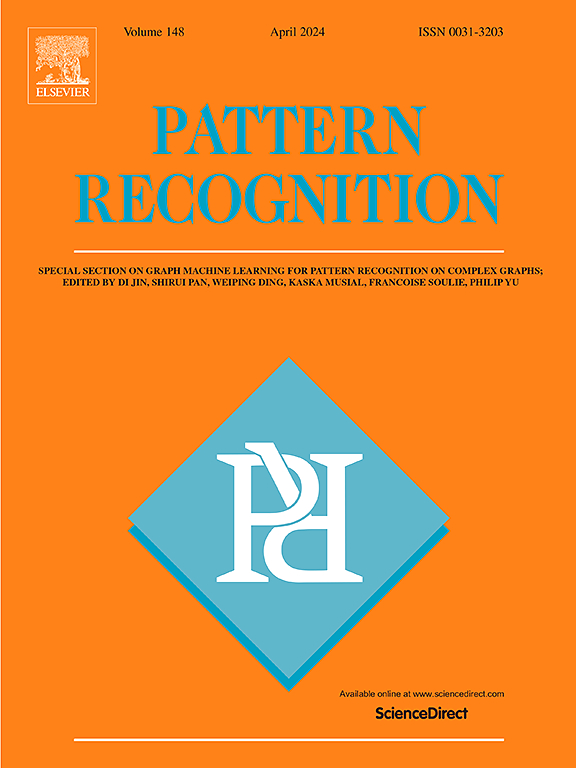Generalizable person re-identification method using bi-stream interactive learning with feature reconstruction
IF 7.5
1区 计算机科学
Q1 COMPUTER SCIENCE, ARTIFICIAL INTELLIGENCE
引用次数: 0
Abstract
Recent studies have shown that metric learning and representation learning are two main methods to improve the generalization ability of pedestrian re-identification models. However, their relationship has not been fully explored. Unlike GANs’ emphasis on adversarial learning, our objective is to develop an interactive and synergistic learning framework for them. To achieve this, we propose a generalized pedestrian re-identification method using bi-stream interactive learning. One of the learning streams is the correlation graph sampler (CGS) for metric learning, and the other learning stream is the global sparse attention network (GSANet) for representation learning. We establish an intrinsic connection between these two learning streams. Unlike many existing methods that have high memory and computation costs or lack learning ability, CGS provides a more efficient and effective solution. CGS uses local sensitive hashing and feature metrics to construct the nearest neighbor graph for all categories at the beginning of training, which ensures that each batch of training samples contains randomly selected base categories and their nearest neighbor categories, providing strong similarity and challenging learning examples. As CGS sampling performance is affected by the quality of the feature map, we propose a global feature sparse reconstruction module to enhance the global self-correlation of the feature map extracted by the backbone network. Additionally, we extensively evaluate our method on large-scale datasets, including CUHK03, Market-1501, and MSMT17, and our method outperforms current state-of-the-art methods. These results confirm the effectiveness of our method and demonstrate its potential in pedestrian re-identification applications.
求助全文
约1分钟内获得全文
求助全文
来源期刊

Pattern Recognition
工程技术-工程:电子与电气
CiteScore
14.40
自引率
16.20%
发文量
683
审稿时长
5.6 months
期刊介绍:
The field of Pattern Recognition is both mature and rapidly evolving, playing a crucial role in various related fields such as computer vision, image processing, text analysis, and neural networks. It closely intersects with machine learning and is being applied in emerging areas like biometrics, bioinformatics, multimedia data analysis, and data science. The journal Pattern Recognition, established half a century ago during the early days of computer science, has since grown significantly in scope and influence.
 求助内容:
求助内容: 应助结果提醒方式:
应助结果提醒方式:


